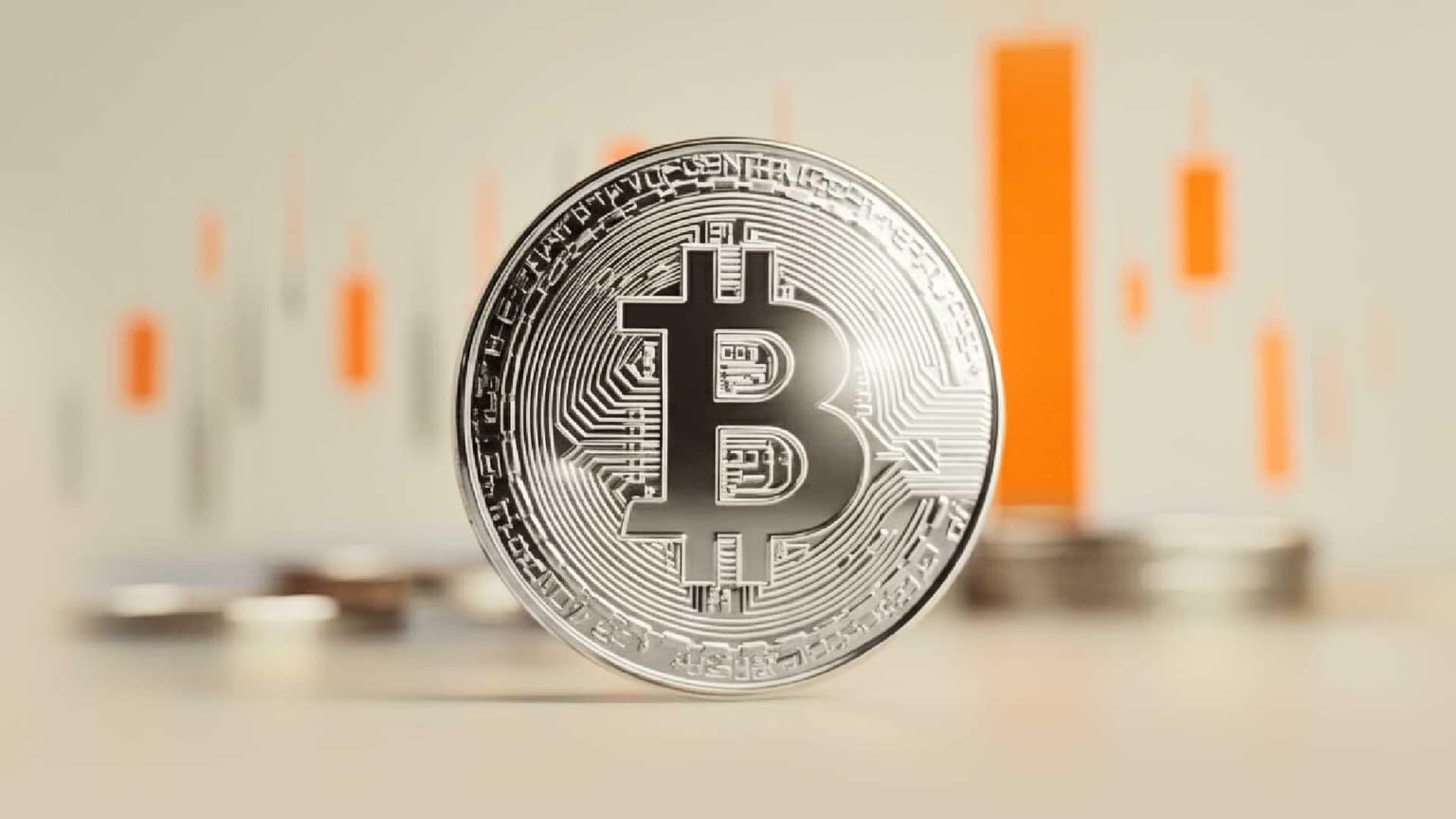Tether stability made It the safest stablecoin bet amid US banking crisis, Analysts aay

The often-controversial tether (USDT) stablecoins emerged as the best bet for traders looking for a stable haven earlier this month following a series of banking troubles in the U.S.
The USD coin (USDC) fell under 90 cents on March 11 after the collapse of Silicon Valley Bank (SVB) revealed some of the industry’s major players had exposure to the bank.
These players included U.S.-based stablecoin issuer Circle, which held a part of its USDC stablecoin’s cash reserves at Silicon Valley Bank as of Jan. 17, according to the firm's latest attestation.
Decentralized stablecoins took a hit too, with frax and dai – both backed by a basket of tokens – falling by cents on their intended dollar pegs.
Who is boss?
Tether held its fort, however, even trading at a premium in the following days. This came despite a long-held notion among some market participants about the token’s opaque asset backing and concerns about parent company Tether Global.
Data further shows at least $5 billion of inflows into Tether in the past weeks, bringing its market capitalization to over $77 billion as of Wednesday.
Part of that could likely be due to its supposedly low exposure to the U.S. banking system, some say.
“Tether has no exposure to SVB as its popularity lies more in the Asian region, meaning USDT doesn't rely on dollars being held in American banks, making it one of the safest stablecoins to pivot to currently,” said François Cluzeau, head of trading at Flowdesk, in a message to CoinDesk.
“We have seen a lot of USDC and DAI being traded for USDT, which has kept USDT liquid,” Cluzeau wrote.
The systematic risks of USDC affected dai stablecoins, which further strengthens tether’s thesis of holding a variety of assets to back its stablecoins, said Mitya Argunov, chief product officer at P2P.org.
"Tether’s performance during the crisis is largely due to its lack of direct exposure to SVB – it just didn’t have deposits there. Other major stablecoins like DAI were also indirectly exposed and de-pegged because they are actually largely collateralised by USDC,” Argunov said.
“However, the flight to Tether as a safe haven should also be seen as confidence in Tether’s portfolio risk management strategy – which minimizes duration risk, i.e. how SVB should have operated,” Argunov added.
Still a need for caution
Meanwhile, some developers continue to remain cautious for the long term.
“Looking at Tether's history, it has experienced FUD and redemption issues in the past and has been stable amidst current market turmoil,” said Danny Chong, co-founder of Tranchess, in a note to CoinDesk.
“Tether's ability to maintain stability amidst recent challenges suggests that it may have a chance at long-term success,” Chong said, adding that further stress tests would show if it remained “resilient in the long run.”
USDC also demonstrated the effectiveness and resilience of its hedging strategy through collaboration with its banking partners as it recovered its peg swiftly the following week, Chong said.
Demand for stablecoins is undented, however.
“The swiftness of Circle’s USDC recovering its peg after their announcement of a recovery plan is further confirmation of how the market values the potential for stablecoin businesses,” Chong noted.
Author

CoinDesk Analysis Team
CoinDesk
CoinDesk is the media platform for the next generation of investors exploring how cryptocurrencies and digital assets are contributing to the evolution of the global financial system.





